Thought Leadership Development
North Mondays Series: Episode 81
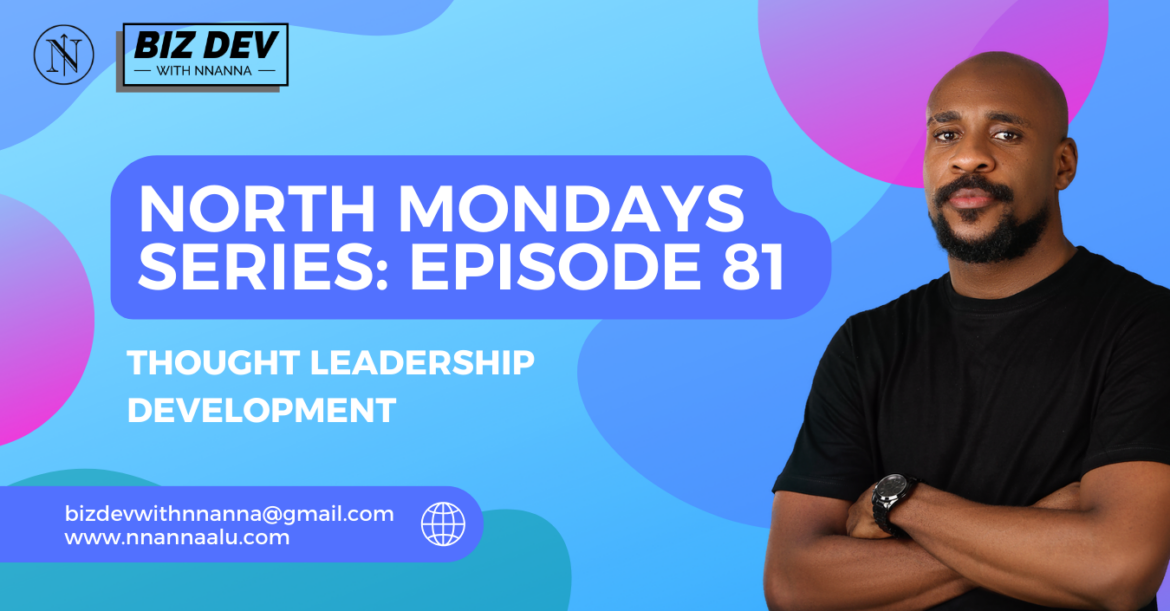
Ever wondered what sets industry leaders apart? In today’s competitive landscape, it’s not just expertise that matters—it’s how you share that expertise with the world. Thought leadership is a powerful tool that helps you build influence, credibility, and trust within your industry, positioning you as a go-to expert.
Imagine becoming a voice that others in your industry look to for guidance, innovation, and perspective. Thought leadership is more than just sharing knowledge; it’s about creating meaningful impact and driving conversations that shape the future. In this episode, we’ll dive into the core principles of thought leadership development and explore practical steps to help you amplify your voice.
By embracing thought leadership, you’ll not only boost your professional reputation but also build a loyal following, gain networking opportunities, and open doors to collaborations and new business ventures. This episode of North Mondays is designed to equip you with actionable insights to kickstart your journey towards becoming a recognized authority in your niche.
Ready to start your journey toward thought leadership? Let’s dive in and discover the strategies, mindset, and actions required to make a lasting impact in your industry. Read on to uncover the key steps to establishing your voice and building your influence! 🌟
Want to develop your own thought leadership? Check out my online course, “Biz Dev with Nnanna,” for in-depth strategies, insights, and actionable steps on how to establish yourself as a trusted leader in your field.
Introduction: The Power of Thought Leadership
Welcome back to North Mondays! This week, we’re focusing on a topic that can elevate your career to new heights: thought leadership. If you’ve ever admired leaders who inspire change, spark conversations, or drive innovation in their fields, you’ve witnessed the power of thought leadership. Today’s episode covers practical steps to develop thought leadership that resonates and stands out in your industry.
Let’s break down the process into key elements to help you build authority, share your insights effectively, and establish a strong personal brand.
Finding Your Niche: Defining Your Unique Value
The first step in thought leadership development is identifying your area of expertise and what makes your perspective unique. This is your niche—your distinct space within the industry where you can offer unparalleled insights.
How to define your niche:
- Reflect on your strengths, experiences, and passions.
- Identify gaps in knowledge within your industry that you can fill.
- Determine how your unique experiences shape your perspective.
By carving out a specific niche, you can stand out as an authority on a focused topic, making your voice more memorable and valuable to your audience.
Crafting Your Message: Articulate a Clear Vision
Great thought leaders don’t just share information—they share a vision. To develop thought leadership, articulate your core message clearly and ensure it aligns with your values and mission. Your message should inspire, inform, and resonate with your audience.
Tips for crafting a strong message:
- Start with your ‘why’: Why do you care about this topic?
- Use language that resonates with your target audience.
- Make your message clear, concise, and memorable.
Producing High-Value Content: Share Your Knowledge
Content is a cornerstone of thought leadership. From articles and blogs to podcasts and videos, high-quality content is a vehicle for sharing your expertise and adding value to others. Thought leaders build trust by consistently sharing insights that educate, inspire, or challenge the status quo.
Effective content strategies for thought leadership:
- Share actionable insights rather than just opinions.
- Use storytelling to make your message relatable and engaging.
- Publish consistently to build credibility and keep your audience engaged.
Engaging on Social Media: Amplify Your Voice
Social media platforms offer an incredible opportunity to reach and engage with a broader audience. Leverage these platforms to share your insights, connect with peers, and engage in industry conversations. Your online presence is a key part of developing your thought leadership.
Social media tips for thought leaders:
- Share regular updates on topics relevant to your industry.
- Join discussions, comment on posts, and provide valuable feedback.
- Use multimedia formats—such as infographics, videos, and articles—to reach different audience segments.
Building a Network of Influencers: Collaborate to Grow
Collaboration is essential for thought leaders. Partnering with other experts in your field can amplify your reach and add credibility to your work. Seek out opportunities to co-author articles, participate in panel discussions, or conduct joint webinars with other industry leaders.
Networking strategies for thought leadership development:
- Attend industry events and actively engage with attendees.
- Reach out to peers for mutual support and shared insights.
- Join online communities where you can exchange ideas with like-minded professionals.
Engaging with Your Audience: Listen and Respond
Thought leadership is not just about speaking—it’s about listening and engaging. Your audience’s feedback and questions are invaluable for shaping your content and refining your message. Make it a priority to listen, respond, and create content that addresses their needs and interests.
How to engage effectively with your audience:
- Invite feedback through surveys, polls, and comments.
- Respond to messages and show appreciation for your followers’ support.
- Host live Q&A sessions or webinars to connect on a personal level.
Measuring Your Impact: Track Your Progress
Like any business strategy, thought leadership requires regular evaluation to ensure it’s effective. Track metrics such as audience growth, engagement rates, and content reach to assess your impact. Use this data to refine your approach and focus on areas where you can create even greater value.
Key metrics to track in thought leadership development:
- Social media engagement and follower growth.
- Content shares, likes, and comments.
- Direct feedback from your audience on the value of your insights.
Cultivating a Growth Mindset: Stay Curious and Evolve
To be a successful thought leader, you need to continuously learn, adapt, and evolve. Embrace a growth mindset that encourages curiosity and self-improvement. Stay updated on industry trends, explore new topics, and don’t hesitate to adjust your message based on emerging insights.
Tips for maintaining a growth-oriented mindset:
- Read widely across different fields to broaden your perspective.
- Seek feedback from mentors and peers to identify areas for improvement.
- Celebrate milestones, but keep setting new goals for growth and impact.
Conclusion: Start Your Thought Leadership Journey Today
Developing thought leadership is a powerful way to make an impact, build your brand, and drive change within your industry. By defining your niche, crafting a compelling message, sharing valuable content, and engaging with your audience, you can build a reputation as a trusted authority. Remember, thought leadership is a journey—embrace it, stay consistent, and continuously strive to add value.
Ready to start building your influence? Join us in future episodes for more strategies on business development and personal branding. Follow “Biz Dev with Nnanna” to stay updated on the latest trends and tips in entrepreneurship. 🌟
#ThoughtLeadership #BusinessDevelopment #NorthMondays #BizDevWithNnanna #PersonalBranding #IndustryInfluence #Entrepreneurship #ProfessionalGrowth
FAQs
How do you validate business ideas?
Validating a business idea means testing its feasibility in the real world to determine if there’s a market demand. It involves gathering insights from potential customers, building a Minimum Viable Product (MVP), and testing to make informed decisions.
What are the steps to build thought leadership?
- Define your niche.
- Craft a compelling message.
- Create high-value content.
- Engage on social media.
- Build a network of influencers.
- Engage with your audience actively.
- Track your impact and evolve continuously.
What is the lean validation approach for thought leadership?
The lean validation approach emphasizes testing and feedback. For thought leadership, this means regularly assessing your message and impact through audience engagement, feedback, and performance tracking to ensure alignment with your goals.
How do I measure thought leadership impact?
You can measure thought leadership impact by tracking social media engagement, audience growth, content reach, and feedback. These metrics help assess your influence and guide adjustments to your strategy.
What are some tools for building thought leadership?
Some useful tools include LinkedIn for professional networking, Medium for publishing articles, Twitter for quick insights, and analytics tools to track engagement and growth.






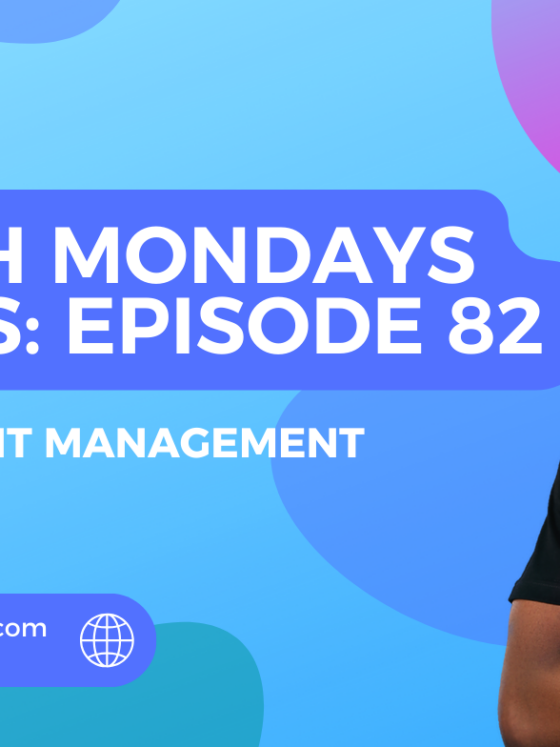
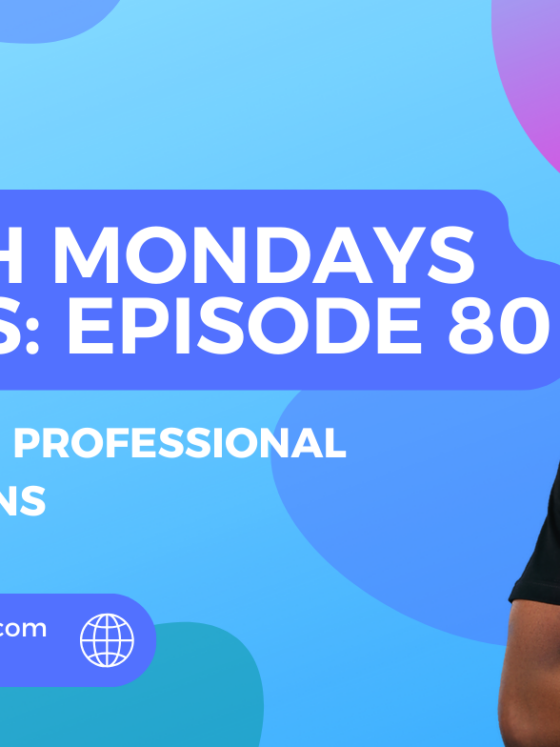
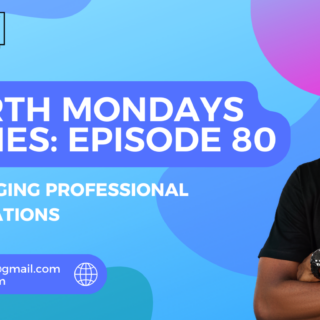
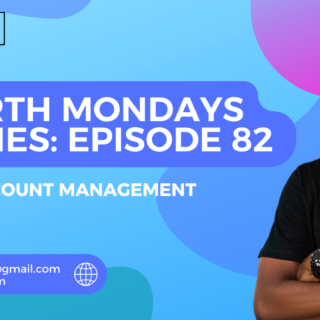
Recent Comments